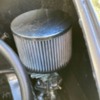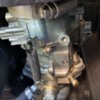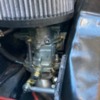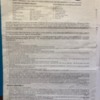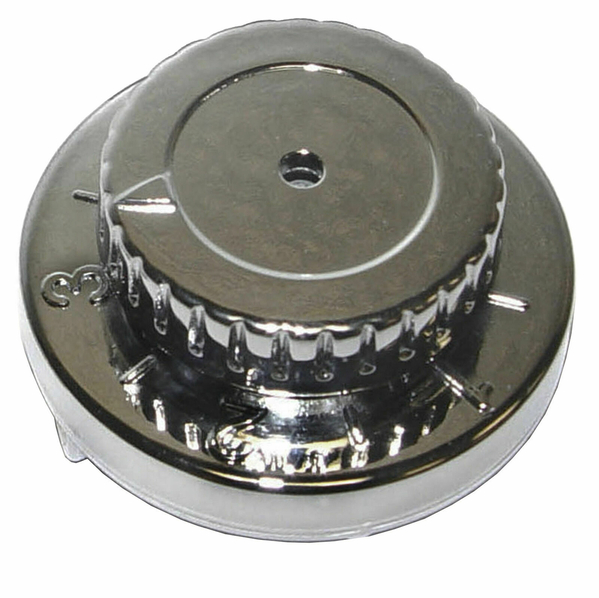Greetings,
We have a continuing problem with a leaking carb. It has twice emptied the fuel in the gas tank while sitting parked in the driveway; a third only a little because it was caught early. Gallons of fuel. Drips out of the carb and down onto the engine and exhaust below. Fuel also leaks into a cylinder. A fast, fast drip.
Note, that between these episodes, that happen every 3-6 months, the car runs absolutely beautifully. No backfiring or popping either accelerating or deaccelerating. My only issue has been a very large smell of raw gas at times and a low MPG of around 17. I thought I'd fixed this when I replaced the gas cap with the correct cap. This on a 1600 cc motor.
I have the smaller EPI carbs on the car. We think they are Chinese.
This leak out has happened three times when parked nose up on a slight incline with everything turned off including the main electrical shutoff. The electrical system is off. No pump running.
We switched the right leaking carb to left side and it didn't leak. But that's not telling as the car mostly works (doesn't leak) except when it leaks out. We have rebuilt both carbs with carb rebuild kits and assured that the fuel pressure is less than 2.5 psi. Checked manifolds for leaks. As typical, the car runs very well now. I could likely start driving her again but I just don't trust her.
We have just ordered two new floats hoping they may be the issue and will replace when they arrive.
Can anyone think of something we've missed?
Marshall


